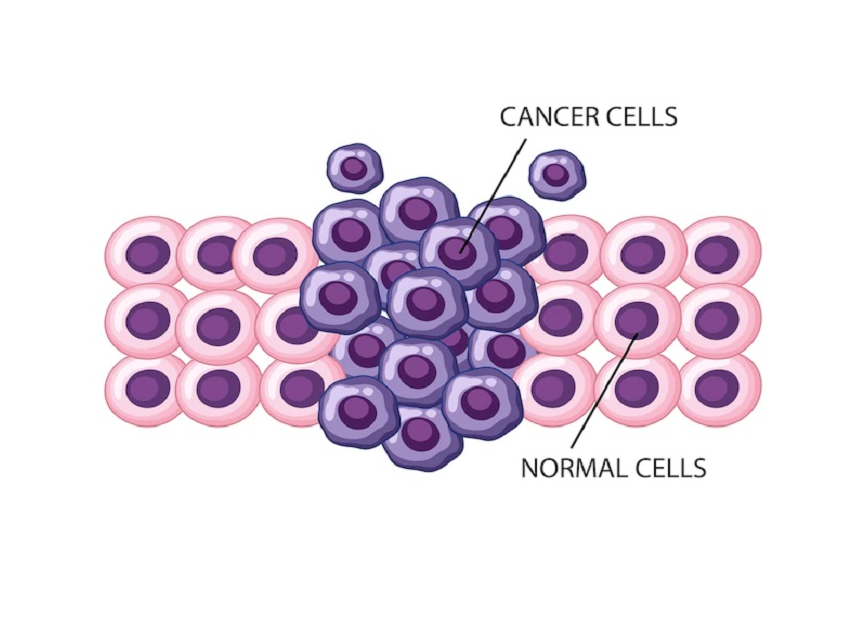A team of University of Arizona researchers using new knowledge about genes has developed “a drug compound that appears to stop cancer cell growth” of so-called triple-negative breast cancer—a particularly difficult-to-treat type of cancer—in mice, “with little to no effect on normal healthy cells” according to a news story published by the university Tuesday.
Researchers say their work indicates that the drug, which has not yet been tested in humans, is potentially nontoxic for patients, the story says. Researchers at University of Arizona have been working for decades to find a nontoxic treatment for this specific type of breast cancer, it adds.
Now the research team is working to get Food and Drug Administration (FDA) approval “to test the compound in phase 1 clinical trials in humans” and to test the drug’s “ability to suppress metastasis,” the story says.
Their findings are published in the journal Cancer Gene Therapy.
‘Goldilocks drug’
The promising drug compound they’re working on now “is based on a newly discovered way that a gene known as EGFR (epidermal growth factor receptor) leads to cancer. EGFR is considered an oncogene, “a gene that in certain circumstances can transform a cell into a tumor cell,” the Unversity of Arizona article explains.
Joyce Schroeder, who co-wrote the paper with lead author Benjamin Atwell, a postdoctoral student in the Department of Molecular and Cellular Biology, is quoted as saying that “there’s a lot of drugs out there trying to target EGFR, but they all had limitations that didn’t make them workable as drugs for breast cancer.”
Her team knew they needed to create an effective drug that “would not impact a normal cell and that would remain active inside the body”; they had to develop a compound that “could enter a cancer cell and target the exact right part of the proteins created by the EGFR gene to stop cancer from spreading,” the article explains.
The compound her team devised on their third attempt “blocks EGFR from going to a part of the cell that drives survival of cancer,” shutting down the “functioning of the EGFR protein that acts in cancer cells but not normal cells,” the article says.
“It was like the Goldilocks effect,” Schroeder said. “We got this fabulous result where it actually didn’t just stop the tumors from going, it caused them to regress and go away, and we’re seeing no toxic side effects.”
The Goldilocks effect in medicine can refer to “a drug that can hold both antagonist (inhibitory) and agonist (excitatory) properties.”
Triple-negative breast cancer
According to the American Cancer Society, triple-negative breast cancer accounts for 15-20% of all breast cancers and is “more common in women younger than age 40, who are Black, or who have a BRCA1 mutation.”
The term triple-negative breast cancer refers to the fact that the cancer cells lack receptors for estrogen or progesterone (ER or PR) and “also don’t make any or too much” of the human epidermal growth factor receptor 2 (HER2). It tests negative on all three tests and also limits the choice of therapies, which typically target ER, PR or HER2, the CDC says.
“Targeting triple-negative breast cancer has been difficult because it doesn’t have one of these obvious things to target,” according to Schroeder. Thanks to her work, it may be possible to target EGFR. According to a study on the Role of Epidermal Growth Factor Receptor in Breast Cancer, “approximately half of the cases of triple-negative breast cancer (TNBC) and inflammatory breast cancer (IBC) overexpress EGFR.”




